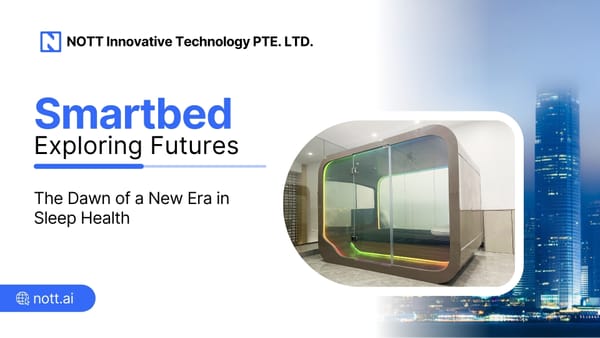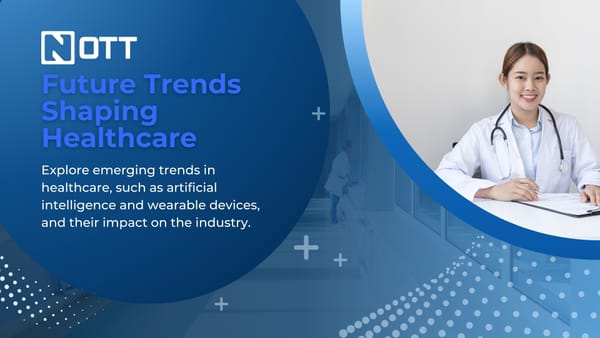DePIN Application Trends for Healthcare

In a world where technology permeates every aspect of society, the importance of health data management is becoming increasingly clear. Blockchain technology has emerged as a powerful innovation driver in various industries, including the healthcare sector. One prominent application in this space is DePIN, also known as Decentralized Physical Infrastructure Network, which holds great promise.
What is DePIN?
DePIN, an abbreviation for Decentralized Physical Infrastructure Networks, represents a trend that utilizes token rewards to incentivize the establishment and development of physical infrastructure in the real world where we live. DePIN's applications are diverse, ranging from wireless networks, geographical positioning, energy, and healthcare. It not only represents a transient growth trend but also promotes the long-term adoption of cryptocurrencies.
DePIN is gaining recognition as a critical element in bolstering community health. It is a blockchain-based physical infrastructure network designed to enhance transparency, safety, and security in the exchange and management of medical data. With the growing acknowledgment of blockchain technology and the escalating demand for efficient medical data administration, DePIN has the potential to become a cornerstone of the global healthcare system.
What are the advantages and benefits of DePIN when applied to the healthcare field?
Physical fitness applications are increasingly popular and promote healthy lifestyles for users worldwide. DePIN's healthcare project applies a reward mechanism by encouraging users to connect apps with fitness devices to monitor exercise goals.
Moreover, one of the key aspects of DePIN is the use of decentralized token incentives to encourage active participation. Individuals who contribute to the deployment and operation of physical infrastructure, such as hosting hotspots, are rewarded with blockchain tokens. Operational networks allow end users to adopt cryptographic assets for real-world payments for services offered by DePIN. This system combines blockchain networks, smart contracts, and Internet of Things (IoT) devices to create a robust and efficient system, redefining infrastructure asset management, maintenance, and monitoring.
What problems does DePIN solve?
Currently, many individuals harbor concerns about the safety and privacy of their personal medical data. Illegal data exchange is happening more and more. Meanwhile, DePIN addresses these concerns by employing encryption and decentralized processes to safeguard medical information, ensuring that data remains secure and is not unlawfully accessed or altered. By facilitating transparent and open medical data exchange among stakeholders, DePIN not only streamlines diagnosis and treatment procedures but also fosters a supportive environment and encourages constructive collaboration among relevant parties.
Additionally, healthcare is known to be one of the most costly sectors today. One of the main advantages of DePIN is the shift from a centralized to a decentralized model, completely eliminating dependence on a single entity or large corporation to establish and maintain infrastructure. As a result, users of services provided by DePIN may enjoy lower costs compared to traditional models because there is no intermediary entity dictating prices.
The future of DePIN
With the aforementioned advantages, DePIN promises to instigate a significant shift in our daily interactions with technology and healthcare. Be at the forefront of embracing the DePIN technology trend.
DePIN has a lot of promise, but it also has a lot of obstacles. For this reason, although being there for a while, this movement hasn't been able to grow significantly and powerfully yet. However, considering the future and the expanding awareness in the market due to technology improvements, DePIN has a full potential to become an essential piece of infrastructure in the health industry.





